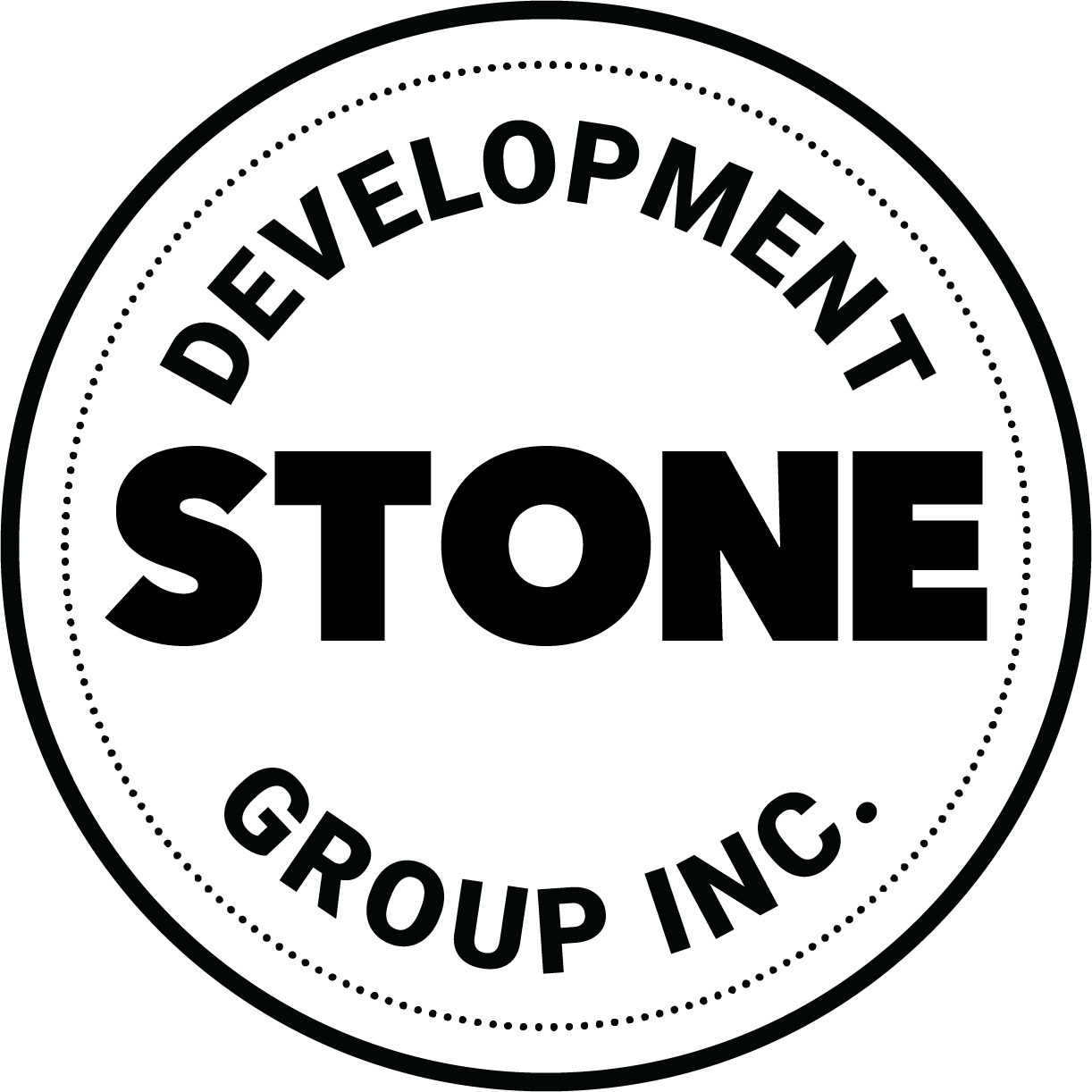Remember the telephone game from when we were kids? Someone comes up with a sentence and whispers it in the ear of the person next to them. Then that person passes it along, and so forth and so on until it is whispered to the last person playing the game. Was the end result ever the same as how it started out?
It probably had some similarities, but chances are it was not the same. This is similar to what happens with construction design plans. No one has ever produced a perfect set of plans. Not the very best architect or engineer. This isn’t necessarily because people make mistakes, but because there are so many variables and so many people involved at multiple stages throughout the construction process. Things will inevitably change and be lost in translation.
This is why we think it’s so important for project owners to take their time during the review process to carefully look over and understand the design plans and ABC questions. We have found that even the most involved, most detailed owners have a hard time understanding the necessity of good design and a good review process.
Instead of rushing to get the project started as quickly as possible, we always recommend to the owners we work with that they take two to four weeks to sit down and really go over the design. If they are experienced enough they may be able to do this by themselves. If they aren’t, they can look at them with someone they trust in the industry or with a third party professional. The goal is to make sure everything is as clear as possible and that everyone seems to be on the same page. If the owner believes the design team or contractor is clearly out to get them, there are already much larger issues at stake.
These paper plans are how the design is communicated with the contractors. It’s how the vision becomes a reality. The paper is literally how contractors will construct the structure, so it’s extremely important.
Rushing the preconstruction phase never positively helped anyone on the team. It is much better to flesh out design ideas up front than to wait until construction has started. It is less expensive and easier to change a line on a piece of paper than to use a backhoe or jackhammer in the field.
Everyone wants to get their project started, but in the grand scheme of things, a couple of weeks in the scope of a yearlong project is nothing. Taking that time during the initial phases of the project will ensure that the owner’s original message and vision is what comes through at the end.



